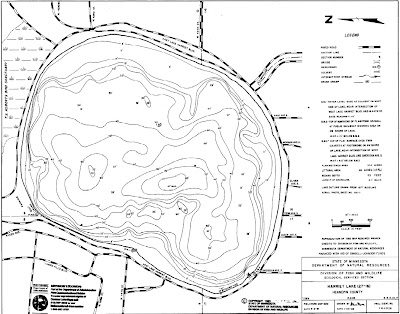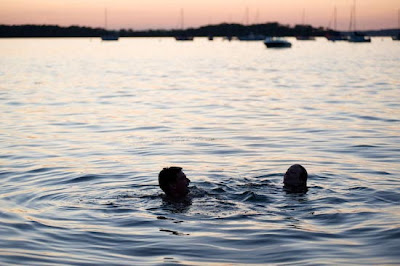Sailboats and Lightning
There are not many things more dangerous than the combination small sailboats, fresh water, and lightning. All of the research is clear, you need to get off of the water of you see lightning. Lightning can strike within 5 miles of the base of a storm, so if you hear thunder within 30 seconds of a flash, you are in danger. Smaller scows without full lightning protection systems are the most vulnerable. Even if your boat has a protection system, that system is designed to minimize damage to the boat in the event of a strike, and it does NOT reduce the changes of your boat getting hit, or a person being injured or killed by a strike. Due to the huge amounts of power involved and the seemingly random path that the lightning will want to make the complete circuit to the water, there is no fail-safe secure way to remain on or in the boat if it gets hit.
For scow racers that want some possible protection, an well-known trick is to stow an old set of jumper cables in the boat. If a storm suddenly hits, clamping one end onto the bottom of the mast and throwing the other end into the water gives the electricity a straight path to ground. No guarantees from me, but I know lots of racers who do this, even if to just feel better!
Overall, prevention is worth a pound of cure in this case. Monitor and check the weather radio channel before you head out, and while you sail. A post on weather radios on small sailboats is HERE.
NOAA and the University of Florida have put together a great report on lightning and sailboats. It is a bit technical, but a must read for anyone wanted to know more about this potentially dangerous interaction.
Read it HERE.




Comments
Post a Comment